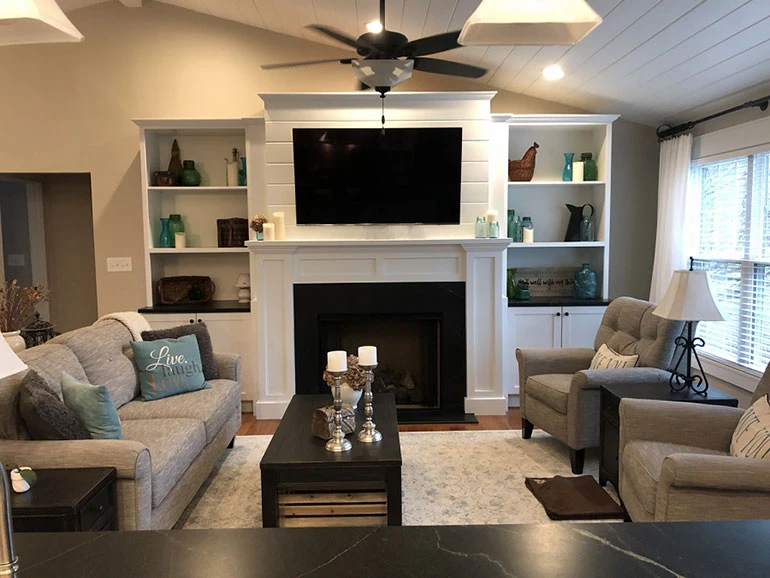Fireplace Fireboxes Buyer's Guide
What is the difference between a fireplace and a firebox? These terms are often thrown around and used interchangeably. We'll set the record straight so you know exactly what you are looking for.
Here's an overview of what fireboxes are and why they're important. We'll also cover what they are made from, how they're installed, and how to choose the best one for your home. You can also see our list of the top five brands we recommend.
Fireplace vs. Fireplace Box
A fireplace fire box is the structure that contains the fire and holds your wood or gas fuel. In other words, the firebox is just a box. It doesn't include the fuel source like a gas log set or burner.


